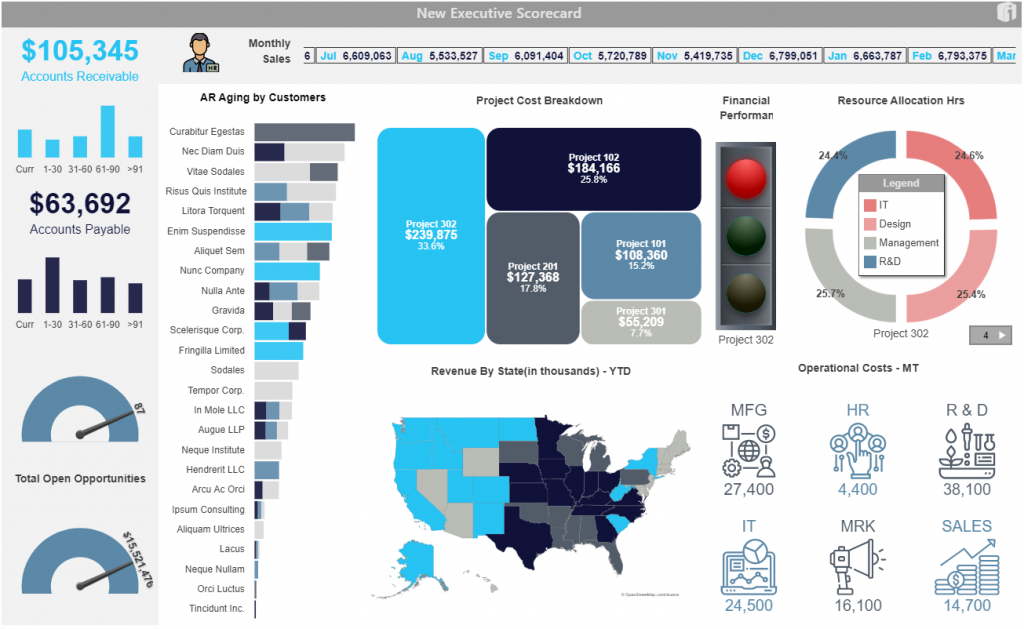The supply chain and logistics industry has been slammed into warp-speed since COVID-19 hit. Though technology has always been a structural piece of the logistics industry, the importance of technology and its ability to create more efficient processes is being put to the test.
In the logistics industry, communication is the key to success. With COVID-19, it’s not always possible to sit next to the people on your team and chat back and forth about customer needs. One of the most useful tools over the past few months for team communication has been video chat. Zoom and Ring Central are some of the major players in this area. Slack is another team collaboration tool when it comes to remote team communication. All of these are designed to make communication between people in remote locations easier.
Supply chain visibility is always important as well. With uncertainty across the world, supply chains could be disrupted on a moments notice. Data visualization tools like iDashboards help retailers, shippers, manufacturers track inventory across facilities, productivity, transportation needs, etc. These tools have been instrumental for retailers and shippers to help manage inventory levels and transportation needs in an easy to digest format. Data visualization is a tool used in the logistics and supply chain industry for years, but has been more widely used to help manage operations, sales, and finance departments, and even communication with customers.
It’s easier for people to digest visuals than it is data in a spreadsheet. In some cases, visuals help paint a more accurate picture, such as operating ratios, heat maps, supplier stress, and more.

A July article by Global Trade Magazine talks about the digital transformation within businesses, and how they are adapting to the new COVID-19 world. They discuss automation, projections, supplier stress management, and stock management.


